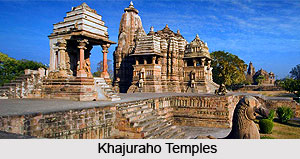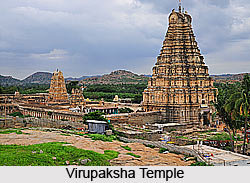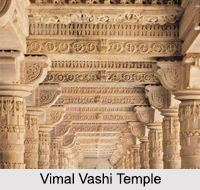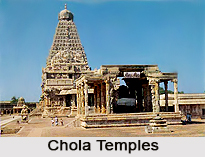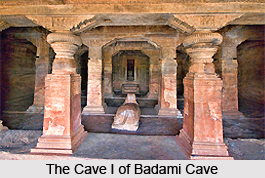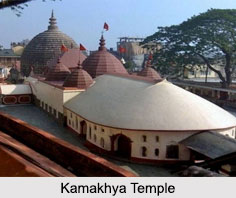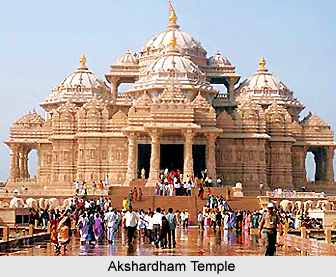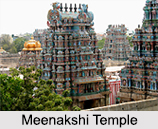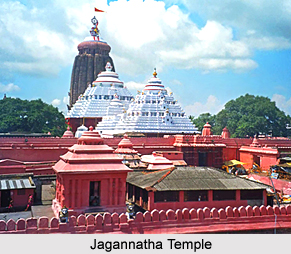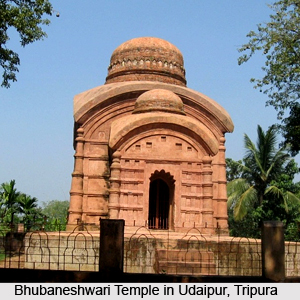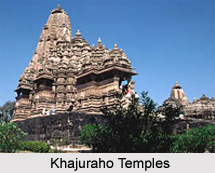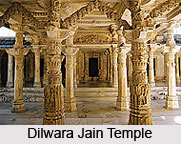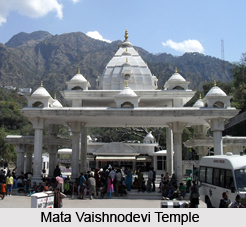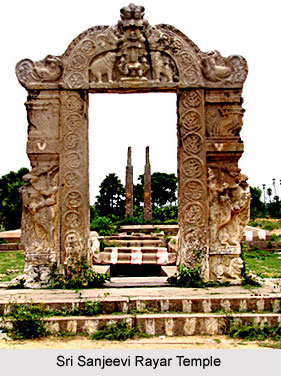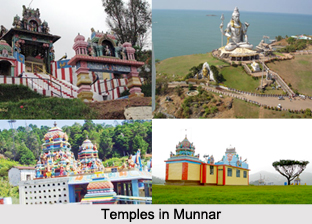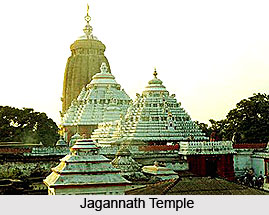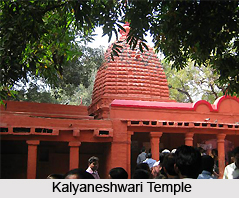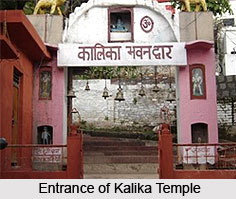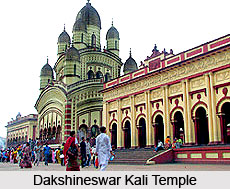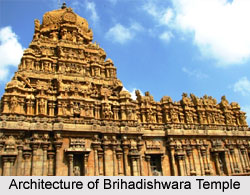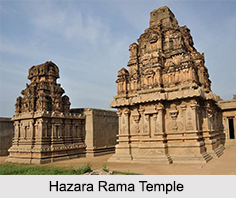 One of the most popular and important temples in Hampi, the Hazara Rama Temple is dedicated to the Hindu God, Lord Rama. This 15th century Hindu temple with its intricate carvings of animals, deities and people is situated at the heart of the historical town of Hampi in the state of Karnataka.
One of the most popular and important temples in Hampi, the Hazara Rama Temple is dedicated to the Hindu God, Lord Rama. This 15th century Hindu temple with its intricate carvings of animals, deities and people is situated at the heart of the historical town of Hampi in the state of Karnataka.
History of Hazara Rama Temple
The Hazara Rama Temple was constructed in the early part of the 15th century by the Vijayanagara king, Devaraya II. Originally built on a simple structure, the temple consisted of only one sanctum, a pillared hall and an ardha mantapa. In the later years, the temple was renovated with the addition of an open porch and some beautiful pillars.
Architecture of Hazara Rama Temple
The term "Hazara Rama" literally means a thousand Rama and refers to the multitude of relics depicting the reigning deity of the temple. The Hazara Rama Temple is considered to be one of the finest examples of a compact Dravida Vimana type of architecture. It is a quadrilateral temple complex set within well tended lawns. The Haraza Rama Temple was once a royal chapel or a private temple for the use of the royalty.
The outside walls of the temple are decorated with sequences from the Ramayana along with bas- relics of Rama and Krishna. The relics also portray processions of horses, elephants, attendants, soldiers and dancing women taking part in the Dussehra festival rally at that time. The relics are among the most extensive ones to be found anywhere in India.
In addition, the temple is also known for the narrative sculptures of the Bhagavata, especially of Bala Krishna. The interior of the temple has ornately sculpted columns. The sculpture of Kalki holding in his four hands sankha, chakra, sword, and shield and riding a horse is especially noteworthy. An empty pedestal with three holes signifies that the temple once had idols of Rama, Lakshmana and Sita. It is said that there is a smaller shrine inside the temple complex with similar epic wall carvings.
Visiting Information on Hazara Rama Temple
The Belagavi Airport is the closest at a distance of 291 km from the temple and the railway station at Hospet is the nearest at a distance of almost 13 km from the Hazara Rama Temple.
